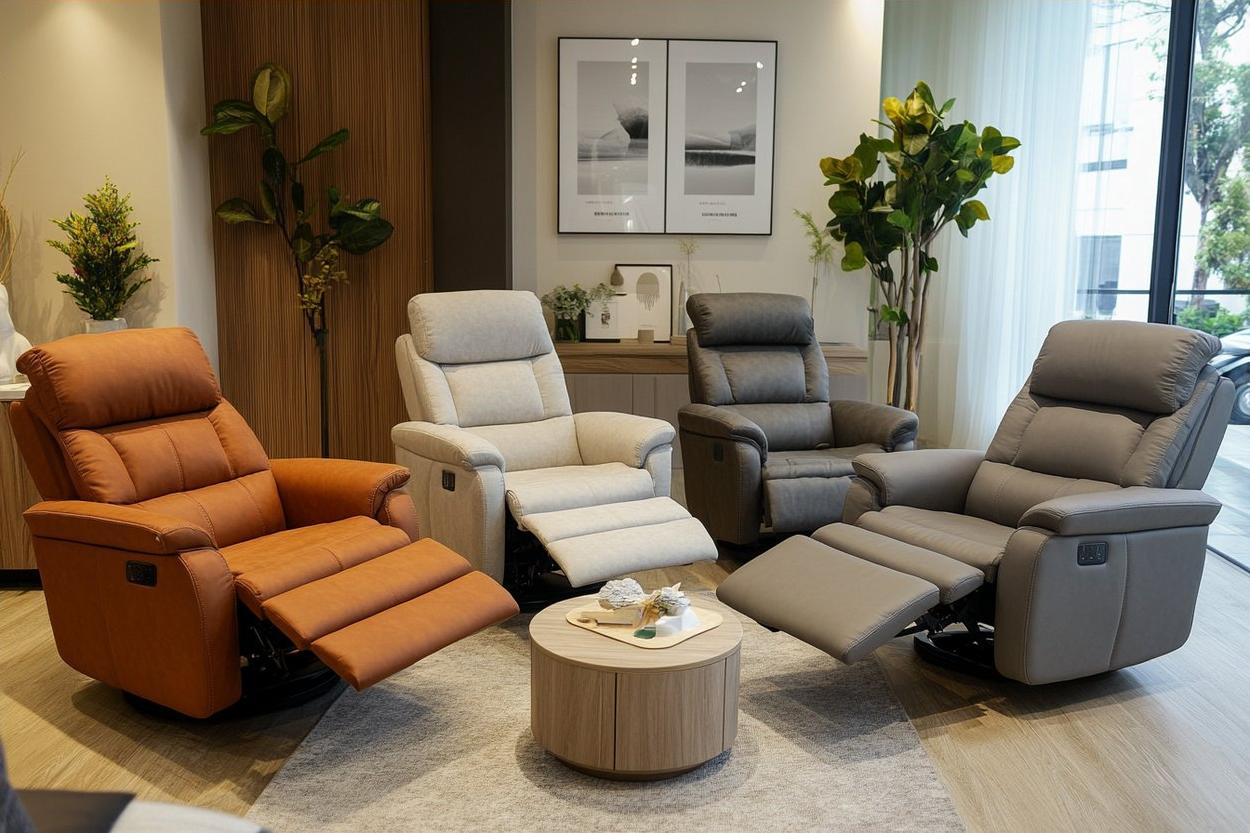Acoustic Textiles: The Sound of Style in Modern Interiors
In a world where open-concept living reigns supreme, a new design trend is emerging that marries form and function in a uniquely harmonious way. Acoustic textiles, once relegated to recording studios and concert halls, are now making their way into our homes, transforming the way we experience our living spaces. This innovative approach to interior design not only enhances the aesthetic appeal of a room but also addresses the often-overlooked issue of sound management in modern homes.

The Science Behind the Style
Acoustic textiles are not simply decorative fabrics; they are engineered materials designed to absorb, diffuse, or reflect sound waves. These textiles are typically made from fibers that are densely woven or constructed in a way that creates tiny air pockets, which trap sound waves and prevent them from bouncing around a room. The result is a reduction in echo and reverberation, leading to improved sound clarity and a more comfortable acoustic environment.
The technology behind these textiles has roots in professional audio settings, where controlling sound is paramount. However, as open floor plans and hard surfaces like concrete and glass have become more prevalent in residential design, the need for sound management in homes has grown. Acoustic textiles offer a solution that doesn’t compromise on style, allowing homeowners to address acoustic issues while enhancing their decor.
From Walls to Windows: Applications in Home Design
One of the most striking applications of acoustic textiles is in wall treatments. Large-scale tapestries and fabric wall panels can serve as stunning focal points while simultaneously improving a room’s acoustics. These pieces often feature intricate designs or bold colors, adding visual interest to spaces that might otherwise feel bare or echoey.
Window treatments are another area where acoustic textiles shine. Heavy, sound-absorbing curtains can dramatically reduce noise from outside, creating a more peaceful indoor environment. These curtains often feature multiple layers, with a decorative outer layer and a sound-absorbing inner layer, allowing homeowners to maintain their desired aesthetic without sacrificing function.
Furniture upholstery is also getting the acoustic treatment. Sofas, chairs, and even ottomans can be covered in sound-absorbing fabrics, helping to create a more intimate atmosphere in living spaces. These fabrics are often designed to be durable and easy to clean, making them practical for everyday use.
The Art of Acoustic Balance
Incorporating acoustic textiles into home design is not just about reducing noise; it’s about creating a balanced acoustic environment. Too much sound absorption can lead to a space feeling ‘dead’ or uncomfortably quiet. The key is to find the right balance between absorption and reflection, which can vary depending on the room’s purpose and the homeowner’s preferences.
Designers are increasingly using a mix of hard and soft surfaces to achieve this balance. For example, a living room might feature a hardwood floor for some sound reflection, acoustic curtains to absorb external noise, and a fabric-covered accent wall to manage internal echoes. This thoughtful combination creates a space that feels lively yet comfortable, perfect for both entertaining and relaxation.
Sustainability in Sound
As with many aspects of modern design, sustainability is becoming an important consideration in the world of acoustic textiles. Manufacturers are exploring eco-friendly materials and production methods to create textiles that are as kind to the environment as they are to our ears.
Recycled polyester, organic cotton, and even materials made from reclaimed ocean plastics are being transformed into beautiful, sound-absorbing fabrics. These sustainable options allow homeowners to make environmentally conscious choices without compromising on style or function. Some companies are even developing biodegradable acoustic materials, pushing the boundaries of what’s possible in eco-friendly design.
The Future of Acoustic Design
As our understanding of the impact of sound on well-being grows, so too does the potential for acoustic textiles in home design. Research has shown that improved acoustics can lead to reduced stress levels, better sleep, and increased productivity – all crucial factors in creating a truly comfortable home environment.
Looking ahead, we can expect to see even more integration of acoustic textiles into our living spaces. Smart fabrics that can adjust their sound-absorbing properties based on the room’s needs, or textiles that incorporate air-purifying technologies alongside their acoustic benefits, may become commonplace in homes of the future.
The rise of acoustic textiles in home design represents a beautiful convergence of art, science, and comfort. As we continue to seek ways to make our homes more livable and enjoyable, these innovative materials offer a solution that appeals to both our visual and auditory senses. In the quest for the perfect home environment, acoustic textiles are proving that sometimes, the most impactful design elements are the ones you can’t see – but can certainly hear, or rather, not hear.





